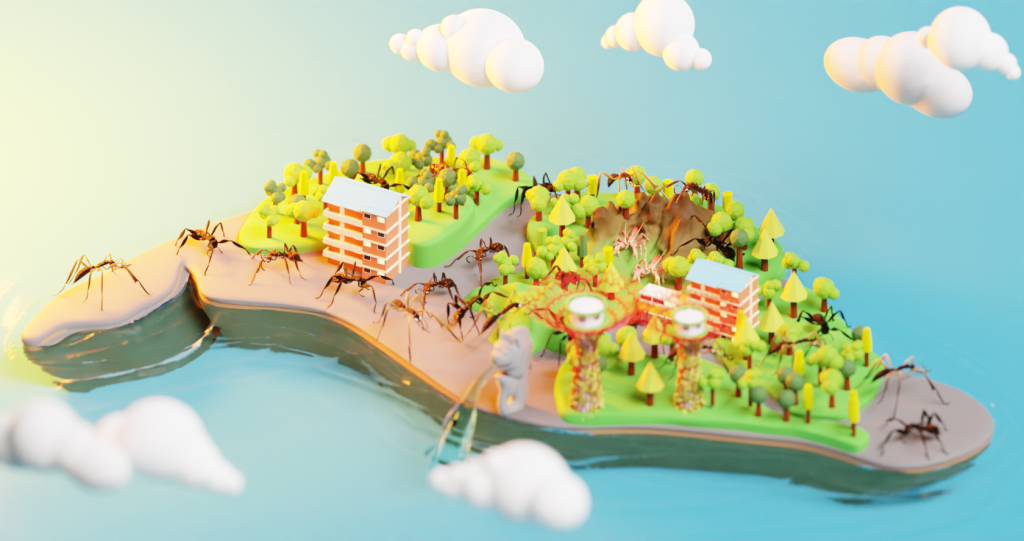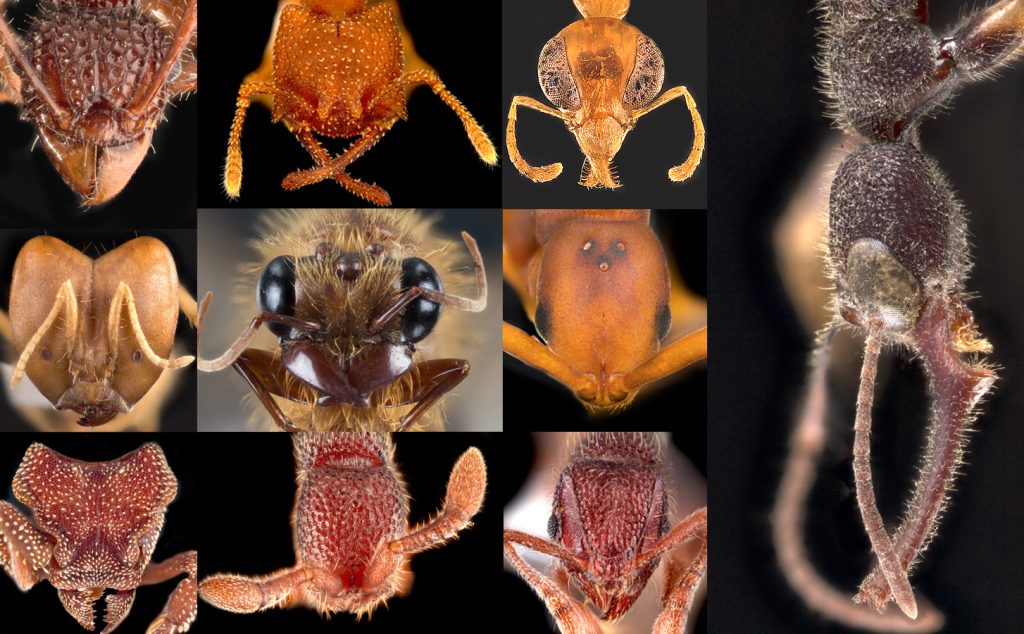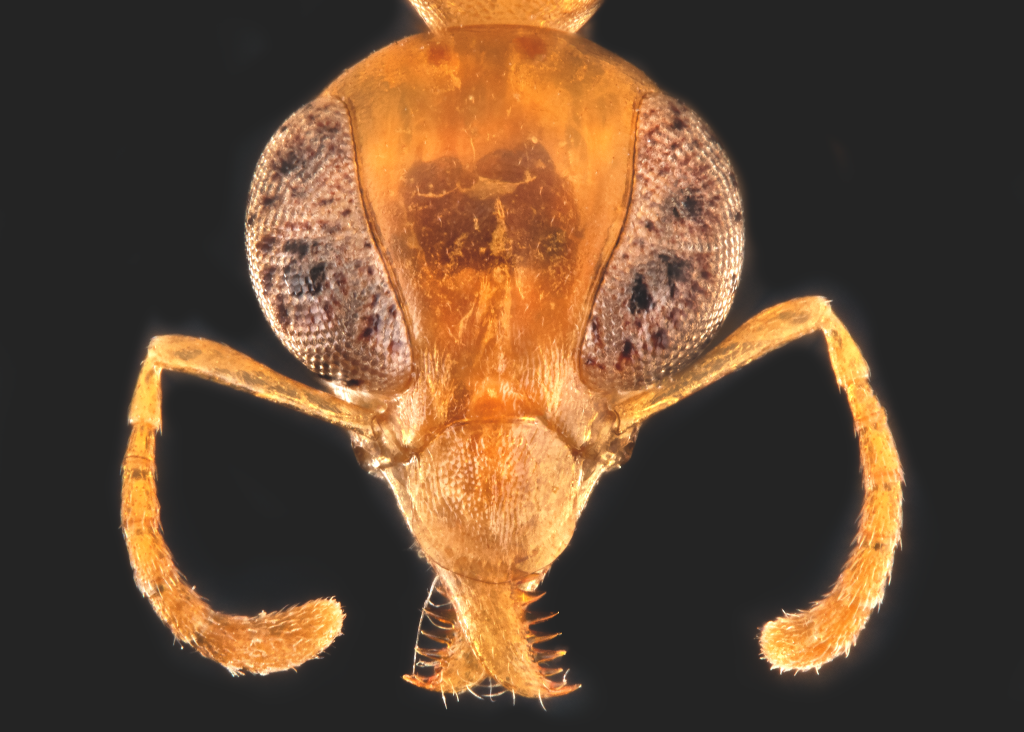News //
PRESS RELEASE

Located at the tip of the Malay Peninsula in Southeast Asia, one can hardly see the tiny island nation of Singapore on the world map. With its small size and mostly urbanized landscape, the city state appears far from teeming with wildlife. Yet, scientists have recently discovered more ant species in Singapore than any other city in the world!
In a study published just this month in the scientific journal Asian Myrmecology, a team of researchers comprising scientists from Singapore, Hong Kong and Japan, uncovered a whopping 409 species (including subspecies) and 100 genera of ants in Singapore, with new records of 121 species and 10 genera. Of these, 34 species are currently considered endemic to Singapore.

Professor Evan Economo from the Okinawa Institute of Science and Technology (OIST), a co-author of the study, emphasized, “It really is a monumental piece of work and will set the foundation of ant-related research in Singapore for the next 100 years.”
To achieve this milestone, the team trawled through thousands of records from digital data repositories such as the Global Ant Biodiversity Informatics (GABI) database, AntWeb and AntCat. Countless specimens from the Zoological Reference Collection (ZRC) – held at the Lee Kong Chian Natural History Museum (LKCNHM), National University of Singapore – were also examined and identified. In addition, the team further scrutinised relevant literature dating from the late 1800s till present.
“We focused on primary literature–where it is explicitly stated that physical specimens from Singapore were involved. This ensures information reliability,” said Dr Wendy Wang, Entomology curator and researcher at the LKCNHM, also the lead author.
The voluminous paper – 150+ pages – not only lists the species found in Singapore, it also provides information on the taxonomy and/or ecology of each species. Further, the authors raised nine subspecies to species status, and synonymized two species in which they are now recognised as one. Data disseminated through this study will bolster ant research not just in Singapore, but across all of Asia.
The last scientific checklist of ant species in Singapore was published more than a century ago in 1916, by German schoolmaster and entomologist, Hugo Viehmeyer. This list only recorded 159 species which does not come close to representing the extraordinarily rich ant diversity in Singapore.
Contrary to initial expectations, majority of the species recorded in the checklist are native to the Indo-Malayan region. Only 13 species are recognized exotics originating from other regions.
How can tiny Singapore, with less than 1% of its original forests remaining, harbour so many species of ants? More astonishingly, many of these ants are found not just in designated nature reserves and protected forests. The team identified myriad species, including multiple new records, from degraded forest fragments peppered throughout the local urban matrix.
“Our findings clearly show that every little bit of forest counts, even a tiny patch of vegetation can be a potential enclave for biodiversity. We just need to look more closely,” Dr Wang surmised.
Diversity can lurk in the most inaccessible places. For example, the alien-like ants Gesomyrmex were first discovered on the crown of a large fallen tree. We may never know of the existence of these canopy-nesting ants, if the tree had remained intact and upright.

Despite the mind-blowing numbers, there remains more species to be discovered. “Our records are still an underestimate of actual ant diversity in Singapore. We could not confidently identify many ants to known species; some of these could be species new to science,” explained Dr Wang.
In the grim shadow of global insect declines, the team’s findings unveil a sliver of hope for biodiversity in urbanized cities worldwide. Perhaps there is more diversity than we imagined, but we simply have to dig a little deeper.